QuestionHi, i am a 15 year old girl who does mostly jumping. I just bought my first horse, who is a 6 year old TB-16.1 hands. I got the vet check on him,and he said that he has a tenderness on the right side of his groin, but it shouldn't affect him if i have a proper fitting saddle and when I'm rebuilding his muscle, to exercise him more on that one side.(he hasn't been worked with for the last 8/9 months) What exercises would you recommend for him? He will be my jumper, so anything to improve that would be greatly appreciated too.
AnswerHey Larissa. You've asked the right person!
I've been around Thoroughbreds long enough to inform you that you have a long way in front of you. For one, I'm sure you know, most thoroughbreds cannot hold weight for the life of them. So if you horse is along one of those TB's that can't hold weight, first start off by increasing his feed count:
MORNiNG (8AM - 9AM)
- 4 flakes of hay
- 2 scoop beet pulp & 1 scoops senior or reg. pellet.
(ADD GOOD AMOUNT OF CORN OiL) << helps hold weight.
AFTERNOON (Noon - 2PM)
- 2 flakes of hay
NIGHT (7PM - 8PM)
- 3 flakes of hay
- 2 scoop beet pulp & 1 scoops senior or reg. pellet.
and add the corn oil to hold the weight.
Once he is beginning on this feed schedule, then you being the exercise unit.
The first exercise should be about 3 times a week:
Start off tracking left. Pick up a collected posting trot. Once you trotted about 2 times around, begin circling in every corner for about 10 minutes in a sitting trot. Keep him collected -- him rushing with get neither him nor you any stronger. Once you have completed the circles stay along the rail and start stretching him out. Thoroughbreds usually always come out stiff, so this should help him out. Post long and tall, but sit soft. Start pushing him into the bit so he can engage his back end ans start pumping the muscle. Keep him supported through every turn by lifting inside rein. Start collecting him down into a normal paced trot. Once you have him under you again, ask him to halt. This also engages his back end; transitioning from a trot to a walk requires his butt muscles to work. Allow him to walk a few laps. Now if he is beginning to feel a little funny in the back, his groin muscle may be a little sore, as you were saying. The point of this exercise was to lengthen him out and work his back end and to see how easily the right side of his groin pulls. Once he has caught his breath, repeat this exercise to the left.
The second exercise should be done 3-5 times a week:
Now this exercise is to start introducing a jumping foundation. Begin by spacing out 3 poles about 3 feet apart. Warm up your horse by trotting around and loosening up his canter before you begin the poles. Start by posting over the set, squeezing with each step over the poles. If he steps correctly, pat him and tell him good boy. Do this about 3 or 4 times posting. Stretch the poles a little more, but don't make the poles so they are so elongated that he can step twice within one of the sets. Same thing again, post over while squeezing with each step. (Posting allows a horse to stretch over poles more smoothly and easier than going into 2-point.) Stretch the poles again so you know it'll challege your horse. Really push him... remember to post tall and strong. Do this set 3-4 times, remembering to reward him every good set he completes. Then allow him to take a breather.
Next, is the raised cavaletti. Place the pole on the jump cup, about 3 holes up on the jump standard. Then, place one pole in front of it about 3 feet, and one behind it 3 feet. Start by trotting over the set. Post over first two times, then proceed to 2-point position. He may knock it a few times, but just allow him to find his feet. Remember to reward him every good set, changing direction every once in a while.
These should start building him up. Circling does alot for a horses bending ability, which you need for jumping. Trotting is what builts muscle, NOT cantering. Trot, Trot, Trot!!!
Best of luck. And remember to take it slow. Jumping takes time to perfect and prepare for. Thanks for the question!!

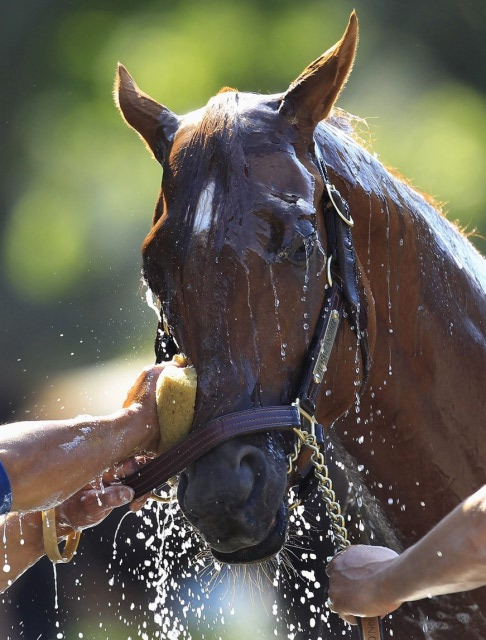 washing horse face softly
Question
washing horse face
hello maam, i believ
washing horse face softly
Question
washing horse face
hello maam, i believ
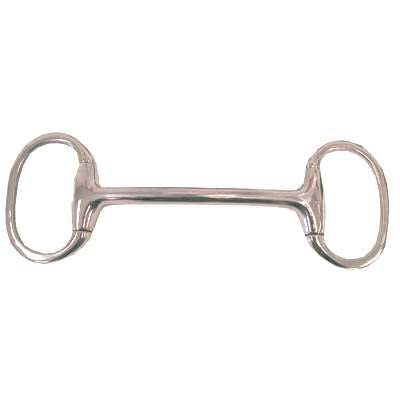 straight bar V single joint bit
Question
mullen mouth
hello maam, do straight ba
straight bar V single joint bit
Question
mullen mouth
hello maam, do straight ba
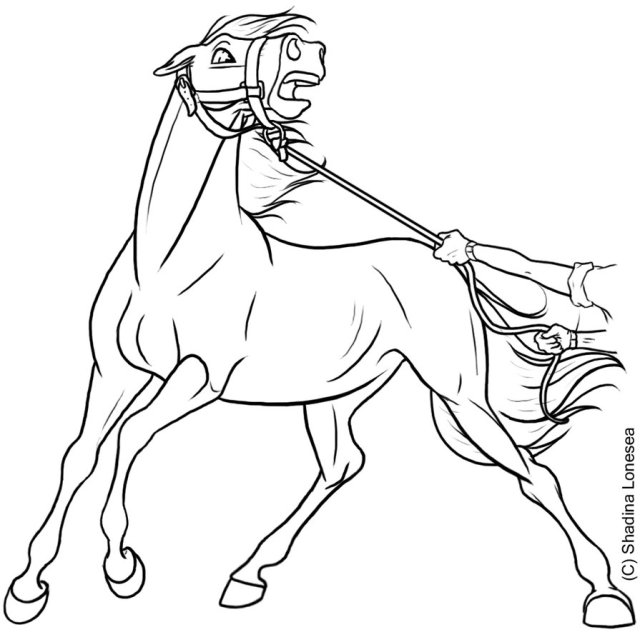 calm down a spooky horse
Questionspooky horse
QUESTION: hello maam. today
calm down a spooky horse
Questionspooky horse
QUESTION: hello maam. today
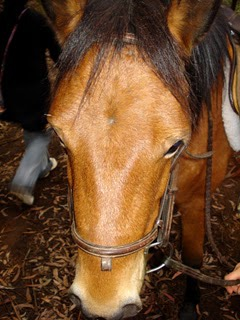 soft face of a horse
Question
soft face
hello maam, what does soft fa
soft face of a horse
Question
soft face
hello maam, what does soft fa
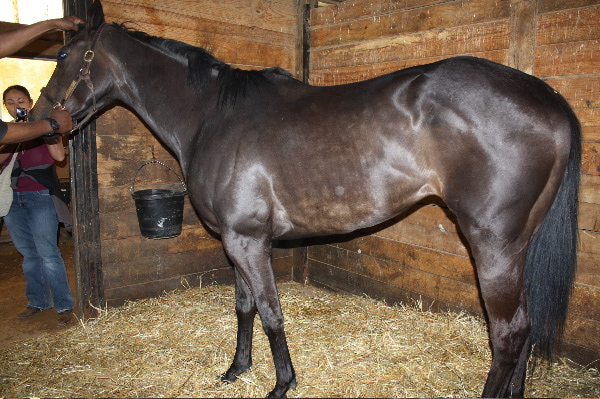 is it sweet itch
Question
light patches on belly
hello maam, may
is it sweet itch
Question
light patches on belly
hello maam, may